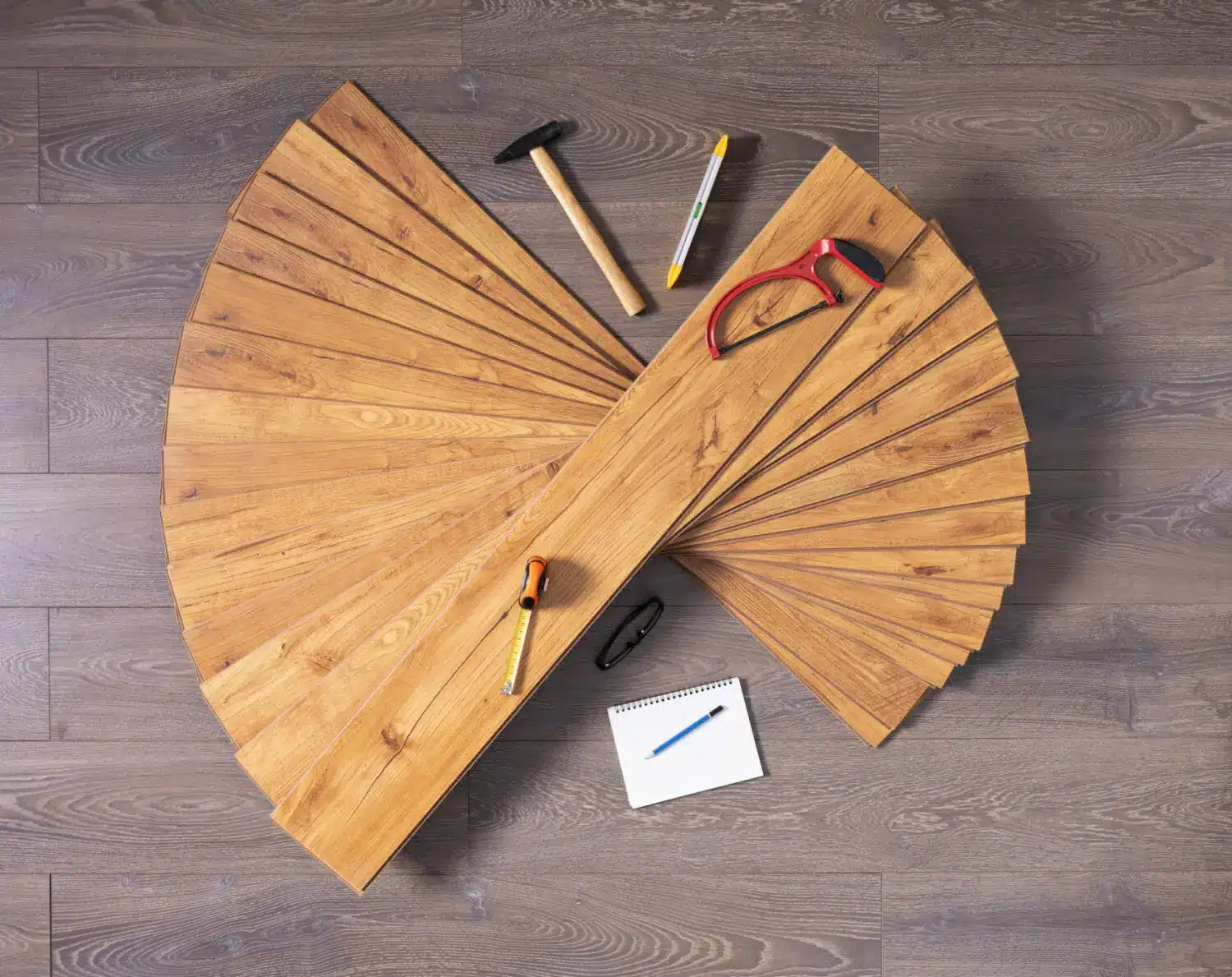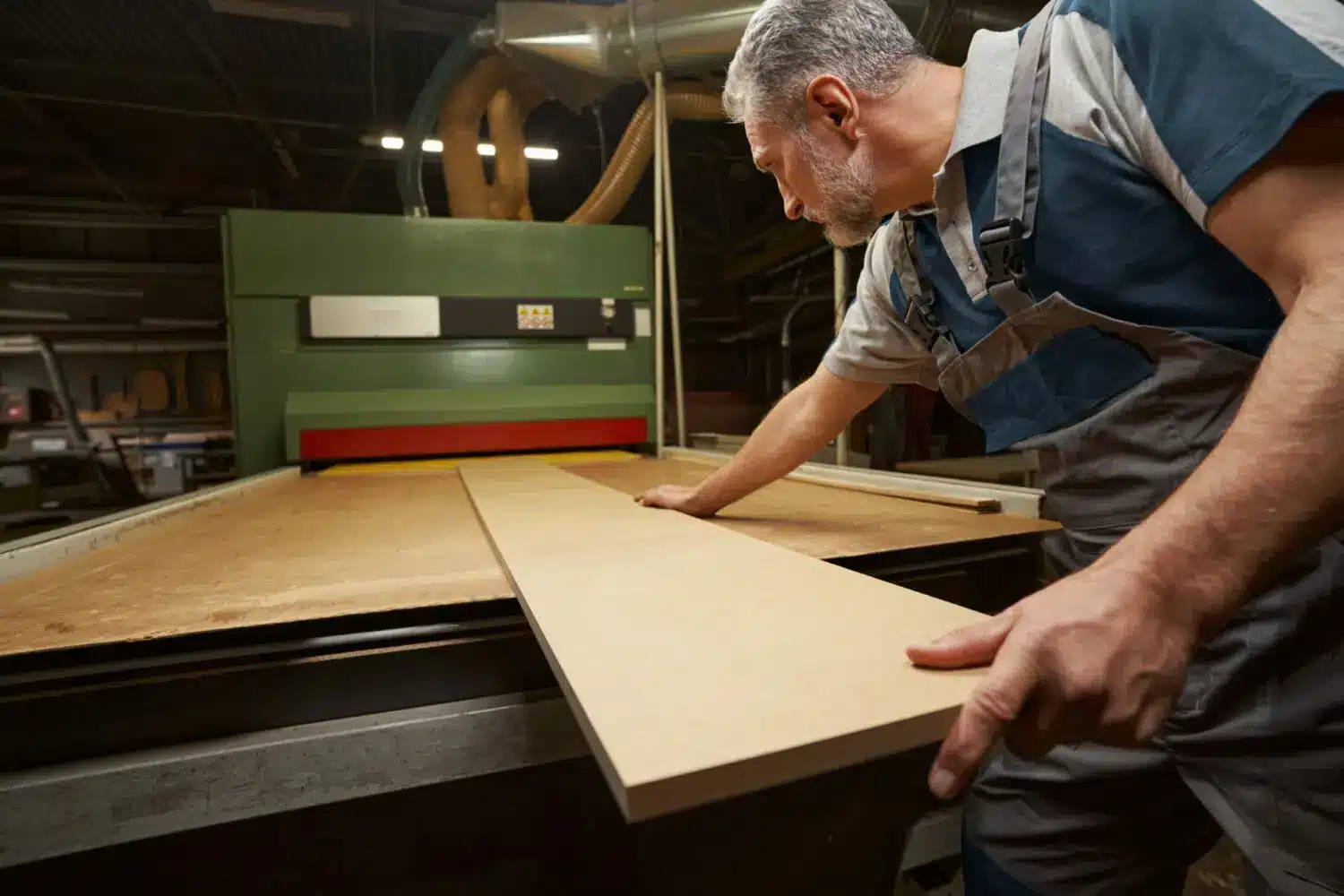

Solid Wood Flooring
Solid Wood Flooring as the name suggests is solid throughout the make up of the wood flooring plank/herringbone. It’s a great option for longevity as there is usually a very large wear layer. (wear layer means the depth in mm between the top of the tongue and the surface of the wood). Solid wood floors also has certain character features that engineered does not, i.e deep textured knots and grain. Being a naturally heavier product, it is good for installation straight to joist where a larger set weight will reduce natural squeaking and flexible movement.
However, there are cons to solid wood flooring, it is not as stable as engineered wood flooring so is very susceptible to changes in humidity. This means it is prone to expand and shrink causing warping, cracking and gaps. With this in mind solid wood flooring should not be installed in bathrooms or conservatories for example. It also requires a much longer acclimatisation period of 7-10 days opposed to engineered at 2/3.
Another con point to consider is that most solid wood floors are not manufactured to the same exact precision as engineered wood floors, which is fine if considering for a country cottage or a barn conversion, but some installations will require straight and even boards. Lastly, as it is naturally a heavier choice it should not be considered an option when floating your floor. Or if you have underfloor heating, the heat will not pass effectively through the floor.
Solid wood floors will only come in minimum of 18mm thickness, and you are restricted to the natural colour of the wood. E.g. Ash or Beech for light wood, Oak for a golden effect and Walnut for a dark finish.
Engineered Wood Flooring
Engineered Wood Floors are exactly that, engineered. Formed using often a 2/3 plywood base layers in multiple directions to increase maximum strength and stability then a steam pressed layer of solid wood flooring is adhered on top of the plywood. This is then sawn and milled to size.
Engineered wood flooring are naturally more durable because of the hard-pressed layer on top is denser and more resistant to point pressure and scratches.
Engineered wood flooring carries all the benefits of solid wood flooring and none of the disadvantages, this is why it has become over the years the much more favoured choice of wooden flooring outselling solid wood flooring by a large margin.
Coming in many different widths and thicknesses ranging from 10mm-22mm thickness and 100mm-300mm widths
Comes in a huge variety of colours and textures as the top layer of oak can be stained and finished after manufacturing, opening a world of choice. This wood flooring only needs 48 hours acclimatisation period.
Engineered wood flooring can be floated, glued, clicked, and nailed. And compatible with underfloor heating as the heat passes through the plywood a lot easier than solid wood.
In summary, regardless of if you choose engineered or solid wood flooring, both can be a great addition to your home if considered, acclimatised and installed correctly. Please see our supply & fit page for more info.







